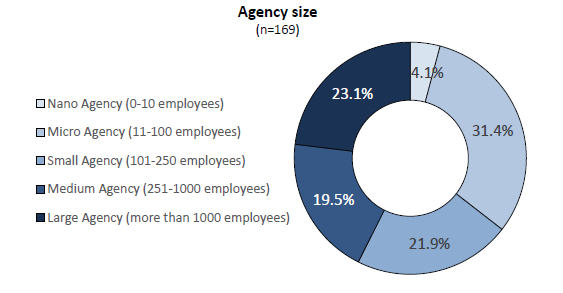NAA report provides eGovernment reality check
Despite more than 10 years of concerted effort to encourage a digital transformation of Australia’s federal government agencies, only two thirds “always or almost always” work digitally by default i.e. create, store and manage information digitally. This is one of a number of issues of concern contained in the latest Checkup Plus survey by the National Archives of Australia, which shows government paper archives continue to grow.
Like the Tokyo Olympics, the annual survey was delayed from 2020 until 2021 by the COVID crisis. A total of 169 agencies completed the survey which found that agencies continue to hold a higher proportion of Retain as National Archives (RNA) documents in physical records (24%) than in digital records (4%).
One in four agencies actually reported an increase in their volume of physical records in the past 12 months, while only 20% reported a decrease.
The 169 agencies surveyed hold over 2 million shelf metres of physical records, with the NAA set to inherit over half a million of these, although the proportion of records with unknown disposal status has grown in most areas. Only 63.2% of physical records have been sentenced.
Nearly two thirds of the agencies who took part in the survey said manual processes are preventing agency's progress toward digital information management.
The report notes the Digital Continuity 2020 Policy largely failed to meet its objectives, as the following data makes clear:
- 51% of all business systems meet functional requirements for information management
- 50% of agencies' business interactions, decisions and authorisations are recorded digitally.
- 40% rarely/never or sometimes undertake regular, systemic risk management activities
- 35% never keep information and data in uncontrolled environments.
- 27% store unstructured and semi structured information in the agency's approved information management systems.
- 68% rarely/never or sometimes use analytics to identify how information is being used and how long it needs to be kept for.
Just over half of all agencies (51%) have a formal governance mechanism for ensuring information management requirements are considered in decision making.
Just over a quarter insist on applying preservation strategies, procedures and activities to ensure information can be accessed, used and understood for as long as it is required. While the number that responded to ‘Always Ensure that information and data movements are traceable and transparent, and metadata accompanies data throughout its life?’ was lower at 20%.
61% consider a lack of suitably qualified and experienced information management staff is preventing progress toward digital information management.
The majority of agencies felt that COVID 19 did not have an impact on their information management practices.
Almost one third of agencies reported that there were certain information management activities that could not be undertaken due to COVID 19. These agencies commonly highlighted work at home requirements preventing them from accessing sites where physical records could be transported or disposed of.
Some responses included:
- Sentencing capability was reduced due to staff working from home.
- Remote working caused secure communication issues, agency wide roll out of Microsoft Teams was required.
- Sentencing and subsequent transfer to storage of physical records was delayed.
Around two thirds of agencies outsource the delivery of information management services with the use of a commercial provider being the most common option.
The majority of agencies (85%) utilised cloud-based storage or services. Almost half of agencies recorded at least some increase in usage of cloud storage as result of COVID-19, this was most common among larger agencies.
Among agencies that use cloud-based storage or services, the most common types of information or systems stored in the cloud include: human resources (66%), financial systems (62%), and administrative (59%). Cloud EDRMS uptake was lower at 28%.
View the full Report HERE

Agency size distribution for Check Up Plus 2021 Survey.
